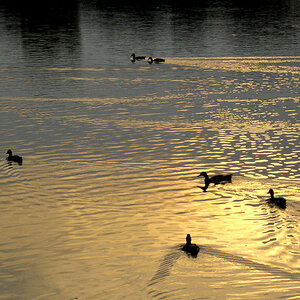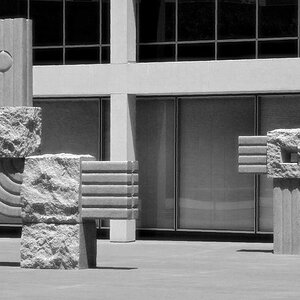D-B-J
Been spending a lot of time on here!
- Joined
- Apr 13, 2010
- Messages
- 9,027
- Reaction score
- 2,175
- Can others edit my Photos
- Photos OK to edit
Just as the title states, I've decided to make an introduction to all things neutral density and why you need them for landscapes.
So what are they? They are filters (glass or resin) that are placed in front of the lens elements to alter the exposure in some way. There are many different types, but the most common types are solid neutral density and graduated neutral density filters. There are also reverse graduated neutral density filters, but we'll discuss those later. They can be the screw on type, or they can be plate filters (typically in 100x100mm - 4x4in and 100x150mm - 4x6in).
What are they for? The solid filters are for extending exposures... that is to say, they limit the amount of light over the whole image, allowing you to take longer exposures. You can take 4 minute exposures in full sun! Or use a wide aperture (1.8? 1.4?) in full sun! There are many different types. 1 stop, 2 stop, 3 stop, 4 stop, 6 stop, 10 stop, etc. Lee makes whats called the big stopper (10 stops of light reduction) and the little stopper (6 stops of light reduction). I have both the big and little stopper. The split filters, or graduated neutral density filters, are for reducing the exposure in one section of the image. The top is "dark," and the bottom is clear. They come in soft transition (the transition between dark and clear is gentle), and hard transition (the transition between dark and clear is almost a perfect line). They are often used in areas where the sky is much brighter than the foreground. This means you need to "darken" part of it, but leave the rest "clear." This will make more sense later when I post examples.
Now... What do I choose? How do I know which ones are for me? I started out with the LEE system.. YES, it's very expensive. But I figured with good quality filters and holders, I'll never have to replace them unless I break one. So I decided thus. Other companies commonly talked about are Cokin, Hi-Tech, Singh-Ray, and B+W. But Lee and Cokin are the two most common in terms of holders.
Next, we need to decide which filters to get. I picked up the LEE holder, a wide angle adapter (it sets the holder closer to the lens, and thus reduces vignetting). I first started with a set of 3 soft graduated neutral density filters (100x150mm, 4x6in). 1, 2, and 3 stops. That is to say, the top cuts three stops of light, and the bottom doesn't. Why soft? It is more versatile, and used for landscapes where the horizon is not perfect. Hard edged transitions are good for shots where the horizon is a neat line, like the water. I then added a big stopper (10 stops, 100x100mm, 4x4in). Then a Little Stopper (6 stops, 100x100mm, 4x4in). Then a reverse graduated neutral density filter of 2 stops (darkest in the middle, hard edged transition, lighter again towards the top, 100x150mm, 4x6in).
Now on to examples.
The top has no filters, and the bottom has a 2 stop and 3 stop graduated neutral density soft edged filter. Just look at that second histogram!

An example of the setup, mounted on my Tokina 11-16mm 2.8

The Plate-Systems allow you to rotate and move the filters, while the screw-on types do not.

No filters whatsoever..

With the reverse graduated neutral density:

And now for two examples with the big and little stopper:
Here's the big stopper, used in conjunction with 5 stops of soft graduated neutral density filters tilted to cover/darken all but the shadow area: (90 seconds at f11)
 In the Shadows by f_one_eight, on Flickr
In the Shadows by f_one_eight, on Flickr
And here's a shot with the little stopper and I believe a 2 stop soft graduated neutral density: (15 seconds at f14)
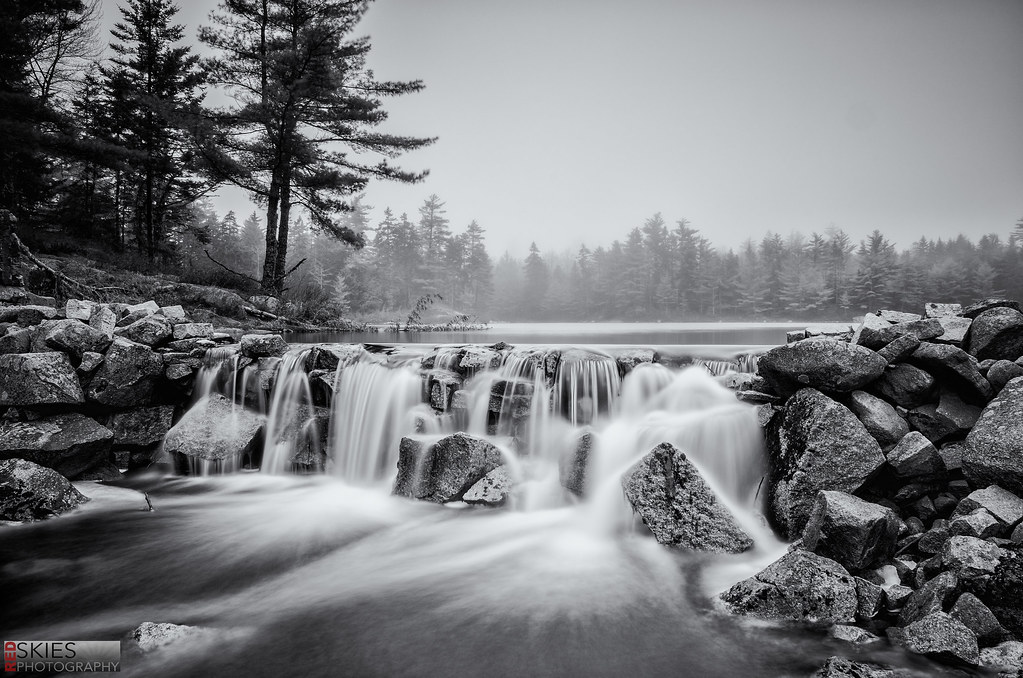 Liquid Fog by f_one_eight, on Flickr
Liquid Fog by f_one_eight, on Flickr
So why choose these? They allow you to "get it right" in camera, more easily shoot landscapes and sunsets, and they allow for a lot of creativity: cloud movement, soft water, etc.
Here's a few of my favorites:
Before I had filters, I used to use HDR..
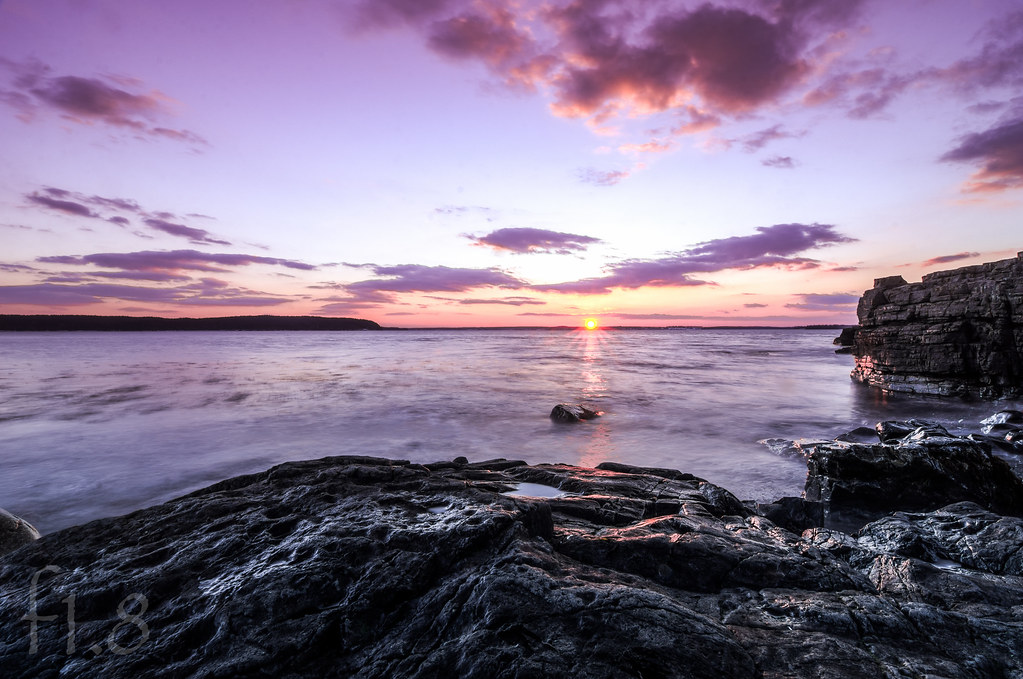 A Calm End by f_one_eight, on Flickr
A Calm End by f_one_eight, on Flickr
Lee Big Stopper and a 3 stop soft graduated neutral density:
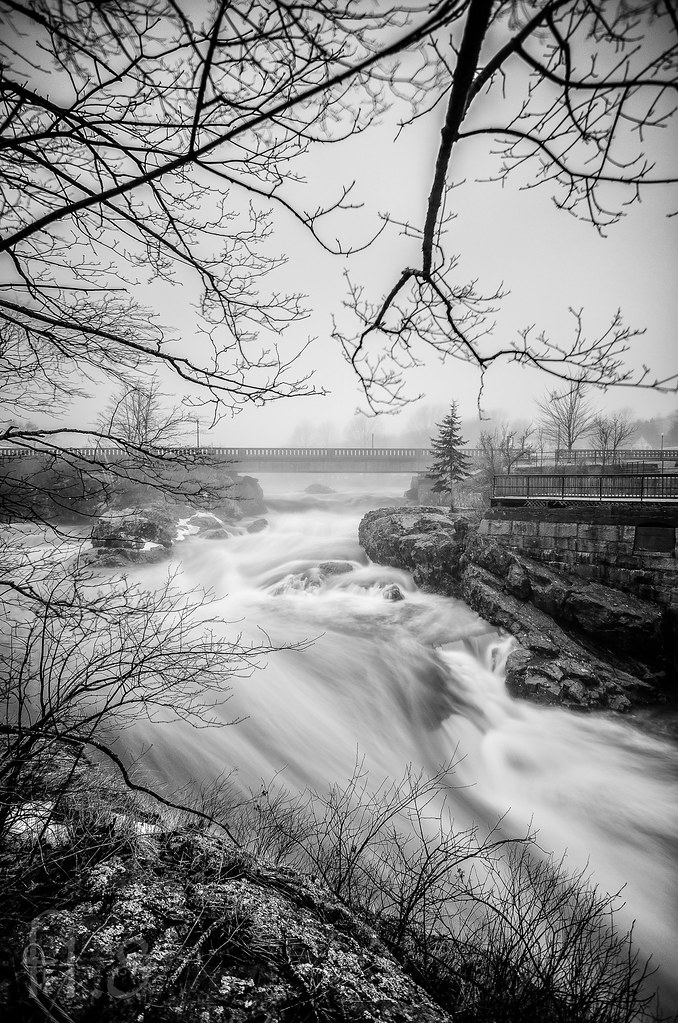 Fog on the Water by f_one_eight, on Flickr
Fog on the Water by f_one_eight, on Flickr
A 3 and a 2 stop soft graduated neutral density:
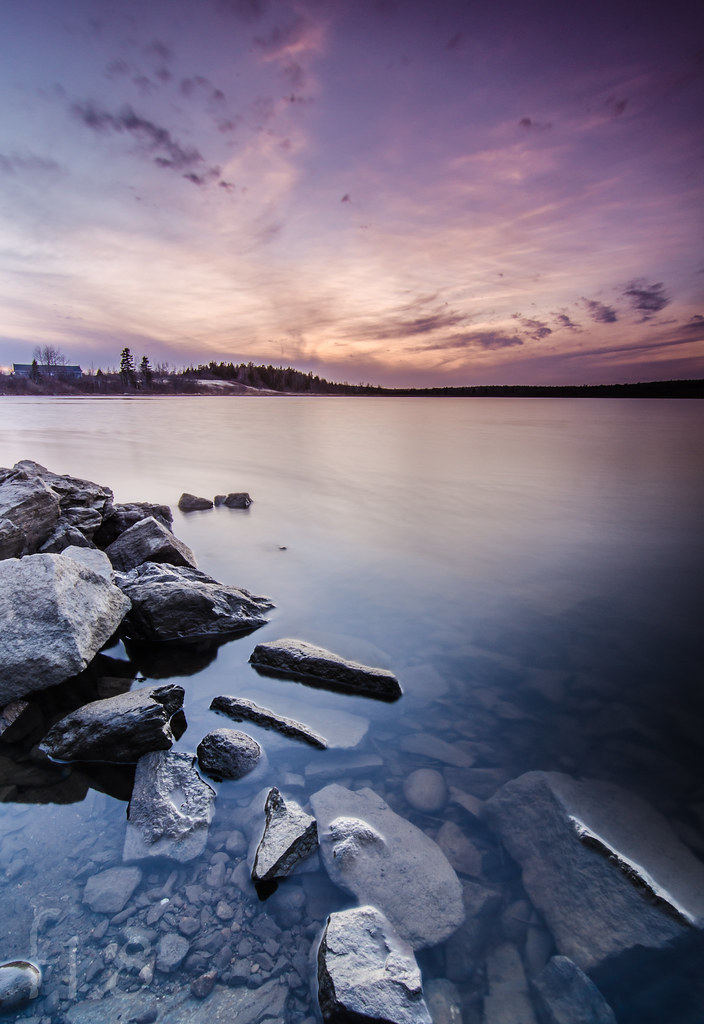 What's Hidden Underneath by f_one_eight, on Flickr
What's Hidden Underneath by f_one_eight, on Flickr
And the 2-stop reverse graduated neutral density and a 1 stop soft graduated neutral density.
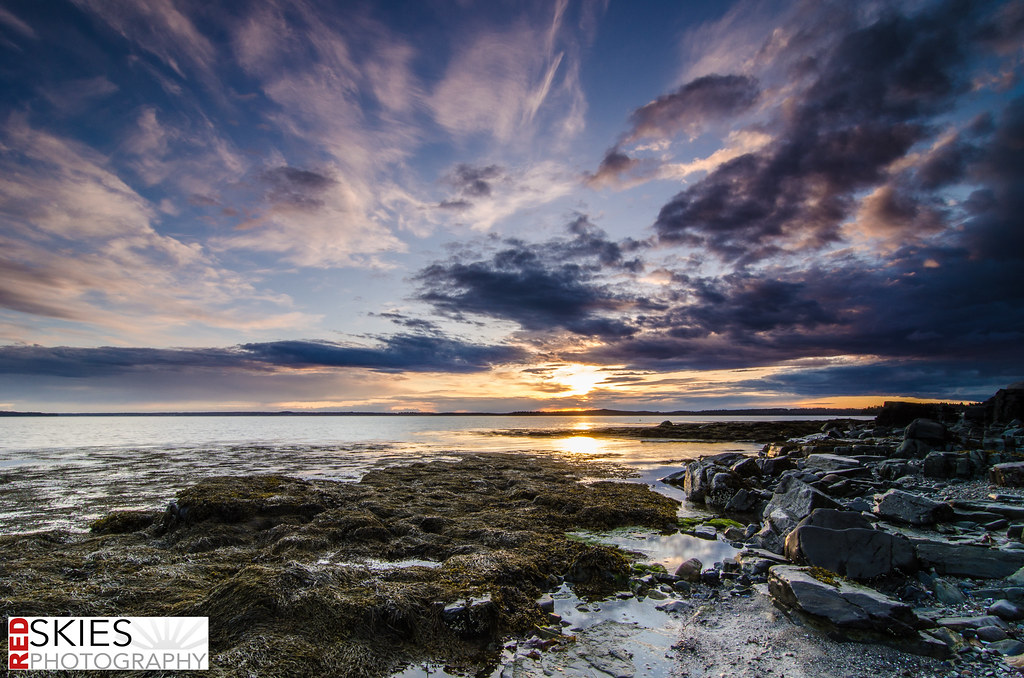 The Setting Sun by f_one_eight, on Flickr
The Setting Sun by f_one_eight, on Flickr
Cheers!
Jake
P.S., This is by no means a comprehensive write-up on neutral density filters. I just hope to answer some questions many may have on these filters, as I feel they have become quite popular as of late.
P.P.S., See below for images showing different types of vignetting and pictures of the filters themselves.
Addition (7/22/14).
I've heard much talk of filters degrading IQ. I'd like to debunk this a bit. I was shooting Chapman Falls on the eightmile river in CT yesterday, and I shot the images you see below. Both have 4, yes FOUR, filters in front of the lens elements. A 77mm Circular Polarizer (tiffen, maybe 70? bucks, so not even a fancy one), a Lee Little Stopper (6 stop ND), a 3 stop GND from Lee, and a 2 stop GND from Lee. FOUR filters, and yet, the images are tack sharp. Why? My theories are this: good quality filters (minus the tiffen), good stable tripod, and the long exposure.
 Looking Up by f_one_eight, on Flickr
Looking Up by f_one_eight, on Flickr
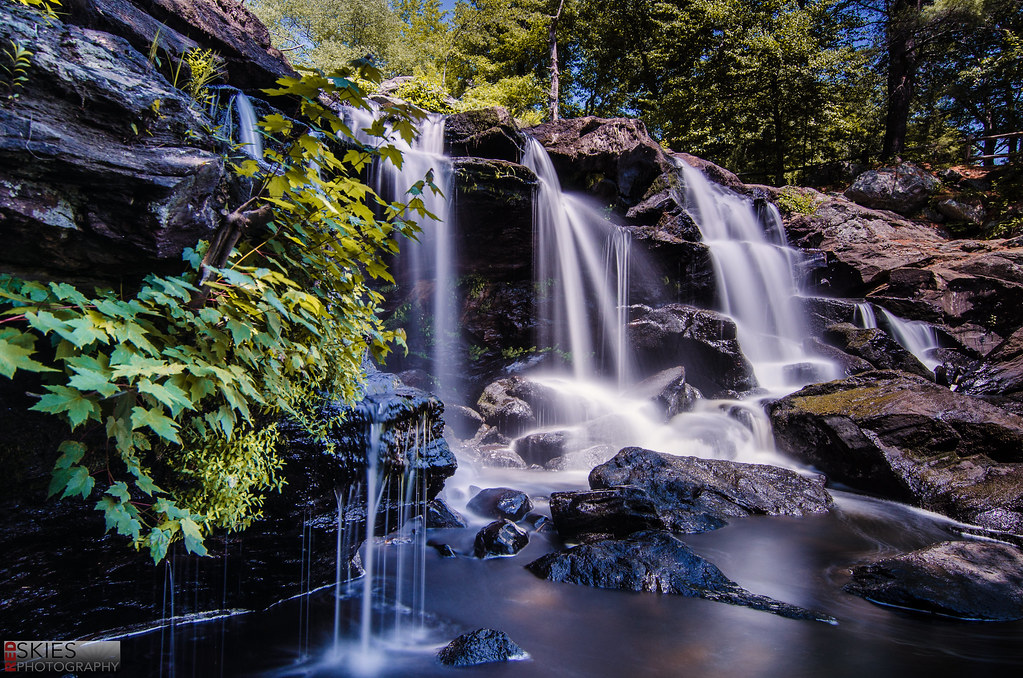 Devilish Hops by f_one_eight, on Flickr
Devilish Hops by f_one_eight, on Flickr
So don't let a fear of IQ loss stop you from using filters. They are your friend. Honestly and truly.
So what are they? They are filters (glass or resin) that are placed in front of the lens elements to alter the exposure in some way. There are many different types, but the most common types are solid neutral density and graduated neutral density filters. There are also reverse graduated neutral density filters, but we'll discuss those later. They can be the screw on type, or they can be plate filters (typically in 100x100mm - 4x4in and 100x150mm - 4x6in).
What are they for? The solid filters are for extending exposures... that is to say, they limit the amount of light over the whole image, allowing you to take longer exposures. You can take 4 minute exposures in full sun! Or use a wide aperture (1.8? 1.4?) in full sun! There are many different types. 1 stop, 2 stop, 3 stop, 4 stop, 6 stop, 10 stop, etc. Lee makes whats called the big stopper (10 stops of light reduction) and the little stopper (6 stops of light reduction). I have both the big and little stopper. The split filters, or graduated neutral density filters, are for reducing the exposure in one section of the image. The top is "dark," and the bottom is clear. They come in soft transition (the transition between dark and clear is gentle), and hard transition (the transition between dark and clear is almost a perfect line). They are often used in areas where the sky is much brighter than the foreground. This means you need to "darken" part of it, but leave the rest "clear." This will make more sense later when I post examples.
Now... What do I choose? How do I know which ones are for me? I started out with the LEE system.. YES, it's very expensive. But I figured with good quality filters and holders, I'll never have to replace them unless I break one. So I decided thus. Other companies commonly talked about are Cokin, Hi-Tech, Singh-Ray, and B+W. But Lee and Cokin are the two most common in terms of holders.
Next, we need to decide which filters to get. I picked up the LEE holder, a wide angle adapter (it sets the holder closer to the lens, and thus reduces vignetting). I first started with a set of 3 soft graduated neutral density filters (100x150mm, 4x6in). 1, 2, and 3 stops. That is to say, the top cuts three stops of light, and the bottom doesn't. Why soft? It is more versatile, and used for landscapes where the horizon is not perfect. Hard edged transitions are good for shots where the horizon is a neat line, like the water. I then added a big stopper (10 stops, 100x100mm, 4x4in). Then a Little Stopper (6 stops, 100x100mm, 4x4in). Then a reverse graduated neutral density filter of 2 stops (darkest in the middle, hard edged transition, lighter again towards the top, 100x150mm, 4x6in).
Now on to examples.
The top has no filters, and the bottom has a 2 stop and 3 stop graduated neutral density soft edged filter. Just look at that second histogram!

An example of the setup, mounted on my Tokina 11-16mm 2.8

The Plate-Systems allow you to rotate and move the filters, while the screw-on types do not.

No filters whatsoever..

With the reverse graduated neutral density:

And now for two examples with the big and little stopper:
Here's the big stopper, used in conjunction with 5 stops of soft graduated neutral density filters tilted to cover/darken all but the shadow area: (90 seconds at f11)
 In the Shadows by f_one_eight, on Flickr
In the Shadows by f_one_eight, on FlickrAnd here's a shot with the little stopper and I believe a 2 stop soft graduated neutral density: (15 seconds at f14)
 Liquid Fog by f_one_eight, on Flickr
Liquid Fog by f_one_eight, on FlickrSo why choose these? They allow you to "get it right" in camera, more easily shoot landscapes and sunsets, and they allow for a lot of creativity: cloud movement, soft water, etc.
Here's a few of my favorites:
Before I had filters, I used to use HDR..
 A Calm End by f_one_eight, on Flickr
A Calm End by f_one_eight, on FlickrLee Big Stopper and a 3 stop soft graduated neutral density:
 Fog on the Water by f_one_eight, on Flickr
Fog on the Water by f_one_eight, on FlickrA 3 and a 2 stop soft graduated neutral density:
 What's Hidden Underneath by f_one_eight, on Flickr
What's Hidden Underneath by f_one_eight, on FlickrAnd the 2-stop reverse graduated neutral density and a 1 stop soft graduated neutral density.
 The Setting Sun by f_one_eight, on Flickr
The Setting Sun by f_one_eight, on FlickrCheers!
Jake
P.S., This is by no means a comprehensive write-up on neutral density filters. I just hope to answer some questions many may have on these filters, as I feel they have become quite popular as of late.
P.P.S., See below for images showing different types of vignetting and pictures of the filters themselves.
Addition (7/22/14).
I've heard much talk of filters degrading IQ. I'd like to debunk this a bit. I was shooting Chapman Falls on the eightmile river in CT yesterday, and I shot the images you see below. Both have 4, yes FOUR, filters in front of the lens elements. A 77mm Circular Polarizer (tiffen, maybe 70? bucks, so not even a fancy one), a Lee Little Stopper (6 stop ND), a 3 stop GND from Lee, and a 2 stop GND from Lee. FOUR filters, and yet, the images are tack sharp. Why? My theories are this: good quality filters (minus the tiffen), good stable tripod, and the long exposure.
 Looking Up by f_one_eight, on Flickr
Looking Up by f_one_eight, on Flickr Devilish Hops by f_one_eight, on Flickr
Devilish Hops by f_one_eight, on FlickrSo don't let a fear of IQ loss stop you from using filters. They are your friend. Honestly and truly.
Last edited:


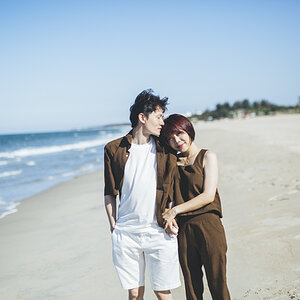

![[No title]](/data/xfmg/thumbnail/39/39292-4169a355b794ae9735845c4ad45d06ff.jpg?1619738958)
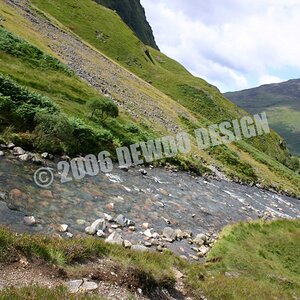
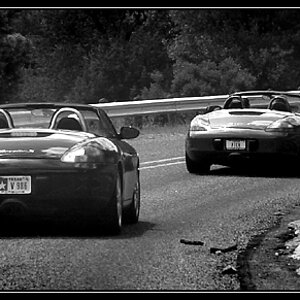
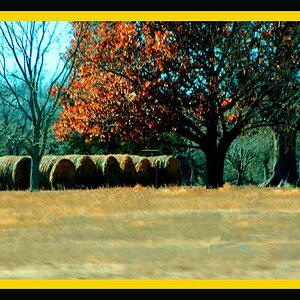
![[No title]](/data/xfmg/thumbnail/40/40310-01bec1b9b7918522bf21a09cf75c5266.jpg?1619739414)
![[No title]](/data/xfmg/thumbnail/30/30987-a33ca8e90b5d786c21e59d37945b9cc6.jpg?1619734552)

